Planting methods and points for attention of potted roses!
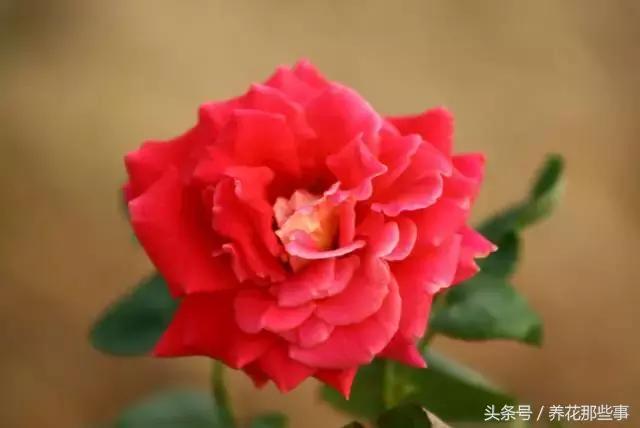
Planting methods of potted roses
Culture environment
Rose Xiyang, indoor culture is also placed in the sunny balcony maintenance, potted rose soil requires loose, fertile, good drainage. Pay attention to the poor growth and flowering of roses in clay loam. It should be planted in a well-ventilated place far away from the wall to prevent sunlight reflection, burning buds and affecting flowering.
Watering roses
Potted roses should not be watered too much. Roses are drought-tolerant and waterlogged plants, and strictly adhere to the principle of "no dry, no watering, watering thoroughly". If you water roses frequently (especially taboo on rainy days with high humidity and low evaporation), rotten roots and dead plants are easy to occur.
Rose fertilization
Potted roses should be treated with light fertilizer, avoid thick fertilizer (especially chemical fertilizer) will lead to local root rot and death. According to the size of the plant and the basin, 20-40 grains of compound fertilizer (or nitrogenous fertilizer) are applied evenly under 1 inch of soil at the edge of the basin every 1-1.5 months, or light water and fertilizer such as fully fermented rice panning water are irrigated once or twice a month. As long as the green leaves and flowers grow well, there is no need to apply fertilizer.
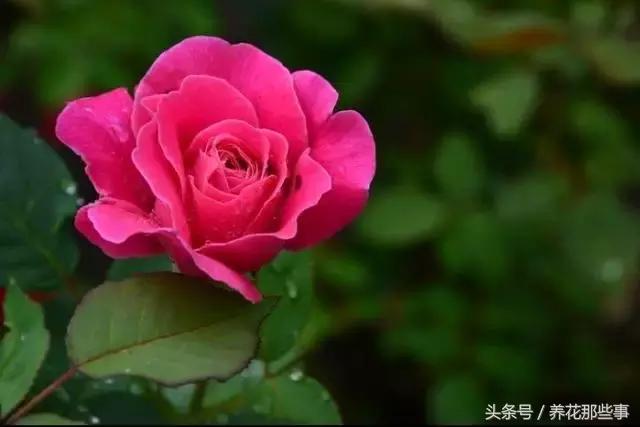
Daily pruning
Usually do not need pruning, the old plant has been trimmed dense branches, withered branches, disease and insect branches can be. Roses bloom, pick as they bloom or fail, and blossom again after picking, otherwise they will only bloom once. In order for roses to grow well and blossom more, pruning is very important. In general, when overwintering, all branches should be cut off about 10 centimeters above the ground to make it through the winter smoothly.
Pest control
Potted roses, the main pests are green insects and shell insects, green insects are easy to treat, once the outbreak of shell insects, more difficult to control, will lead to the whole plant infected, and lead to diseases, so the control of shell insects is the focus of domestic roses. To prevent and control shell insects, it is necessary to put the roses in a place with good ventilation and good light, cut off the branches with many roses, and retain several main branches to ventilate the interior. Keep the basin soil moist, but don't accumulate water. When there are white spots on the rose branches, scrape them off with bamboo slices in time. If it is more serious, cut off the whole branch or even all the branches directly, and spray the medicine to kill shell insects. Roses are not afraid of pruning, and the following will introduce the pruning of roses.
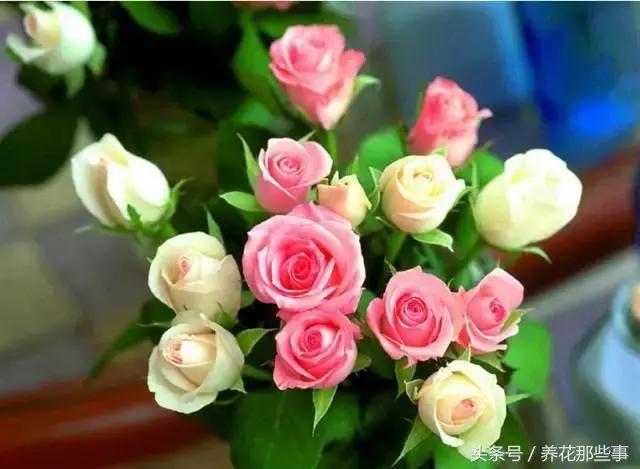
Matters needing attention in planting potted roses
The time for ① to be put into pot. It should be carried out after falling leaves in early winter or before sprouting in early spring.
② fertilizing and watering. Roses like fertilizer. After pot planting, mature organic liquid fertilizer should be applied every 10 days, and liquid fertilizer containing phosphorus and potassium should be applied during bud formation. Watering should be carried out according to the weather conditions, hot summer days need to be watered every day, usually see that the pot soil is dry and thoroughly watered, and the residual flowers should be picked in time after flowering.
③ pruning. Because it needs to be pruned during the dormant period, it can promote the plant to grow vigorously and prolong the flowering life.
④ pest control. See about common diseases of roses.

In order to make roses multiply, colorful and leafy, we should pay attention to when cultivating roses in open field.
① planting site selection. Should be planted in good drainage, sunny high places, avoid planting in low-lying places, in order to avoid stagnant water. The soil needs to be loose and fertile.
② fertilizing and watering. It is necessary to apply mature organic fertilizer as base fertilizer before planting. Plant before the bud germinates. The organic liquid fertilizer dominated by nitrogen fertilizer should be applied twice during the growing period, and the liquid fertilizer dominated by phosphorus and potassium fertilizer should be applied once before flowering. After falling leaves, ditch around the plant and apply rotten leaf fertilizer, irrigation, and seal the soil. In the early spring bud germination period and dry season, pay attention to watering in midsummer, do not make the soil too dry, usually watering according to the soil dry and wet condition.
③ ramet. Because of the strong fractionation of roses, we should pay attention to the ramification, usually once every 2 years, leaving 5-6 branches per tree.
④ pruning. The plant needs to be pruned during the dormant period, which can promote the plant to grow vigorously.
⑤ pest control.
- Prev
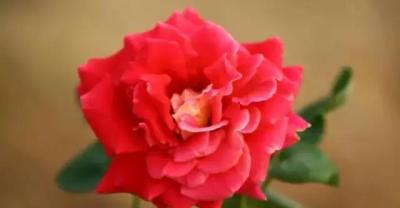
How to improve the yield and ensure the quality of balsam pear in anti-season greenhouse!
Balsam pear preface: balsam pear is a kind of vegetable with bitter taste but high nutritional value, which has its unique position in the vegetable market. As a grower's concern.
- Next
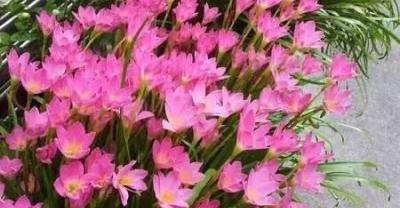
Uncle in the countryside teaches you how to plant honeysuckle
The following rural small series briefly introduces the daily care temperature of honeysuckle: the suitable temperature for growth is 15-30 degrees. Light: like sunshine, light good open...
Related
- Fuxing push coffee new agricultural production and marketing class: lack of small-scale processing plants
- Jujube rice field leisure farm deep ploughing Yilan for five years to create a space for organic food and play
- Nongyu Farm-A trial of organic papaya for brave women with advanced technology
- Four points for attention in the prevention and control of diseases and insect pests of edible fungi
- How to add nutrient solution to Edible Fungi
- Is there any good way to control edible fungus mites?
- Open Inoculation Technology of Edible Fungi
- Is there any clever way to use fertilizer for edible fungus in winter?
- What agents are used to kill the pathogens of edible fungi in the mushroom shed?
- Rapid drying of Edible Fungi

